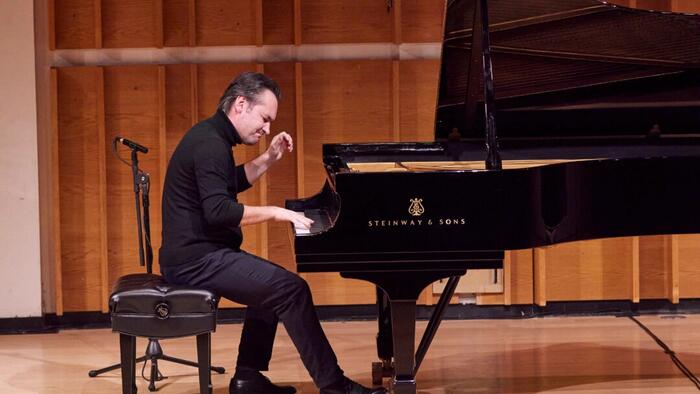Jeffrey A. Tucker reflects on the bonds formed within a supper club established during the height of lockdowns, where members resisted mandates surrounding masks and vaccinations. This community has persisted long after the initial crisis, united by a shared skepticism toward elite opinions and traditional institutions. Tucker outlines how the club symbolizes a broader cultural trend of questioning authority and the “conventional wisdom” that failed to stand the test of time. Today, many people feel disillusioned with established elites—a sentiment that seems to resonate across various sectors, indicating a desire for change and new approaches led by a more humble generation.
One of the central observations Tucker presents is how the new wave of thought leaders contrasts sharply with their predecessors, who often claimed definitive knowledge and authority. Modern figures, according to Tucker, are more prone to admit their ignorance, embodying humility akin to that described by media personalities such as Tucker Carlson, who acknowledges experiencing “imposter syndrome.” This feeling, common among those perceived as high achievers or “geniuses,” represents the reality that success is fraught with self-doubt and the fear of being exposed as a fraud. Rather than fostering confidence, this anxiety reflects a deep understanding of one’s own limitations.
Tucker captures the essence of this phenomenon through the story of a pianist from the 1990s competing in the Van Cliburn contest. The pianist grapples with overwhelming anxiety, questioning his own worthiness against accomplished peers. This anecdote highlights the distortion of self-perception often prompted by external validation, demonstrating that recognition can elevate expectations, leading to further self-doubt. The narrative extends beyond music, showing that high expectations follow all forms of success, and how society often places individuals on pedestals, only to tear them down at the slightest misstep.
The crux of Tucker’s argument lies in distinguishing between genuine talent and the façade of competence, which he labels as “fakers.” These individuals gain status in various institutions—corporate, governmental, and otherwise—often without merit. Fakers fear exposure and cultivate a toxic environment, surrounding themselves with “yes men” who facilitate their deceit. As a result, they suppress genuine talent out of envy and insecurity, perpetuating cycles of incompetence within their organizations. This phenomenon creates a detrimental climate where the capable are sidelined and the status quo of mediocrity is sustained.
In navigating this landscape of “fakers,” Tucker suggests that true competence and excellence are often overlooked, resulting in a culture where mediocrity thrives. He posits that the prevalence of these fakers contributes to the disillusionment many feel toward legacy institutions, which appear bloated and ineffective. He mentions the troubling rise of credit- and credential-obsessed economic structures that reward appearance over substance, leading to the neglect of genuine skill and effort. Tucker’s critique serves as a plea for recognizing and fostering real talent while acknowledging the humility that accompanies true expertise.
Ultimately, Tucker expresses hope in witnessing the rise of a new generation that embodies humility, authenticity, and dedication to service. This shift may break the hold of complacent elites and foster a renewed commitment to genuine excellence in various fields. Recognizing one’s limitations, embracing continuous improvement, and prioritizing the collective over individual accolades may help equip future leaders with the wisdom needed to navigate persistent societal challenges. Tucker’s reflections hint at a potentially transformative moment, one that champions a more nuanced understanding of success and a restoration of faith in advancing society through collaboration and genuine capability.

